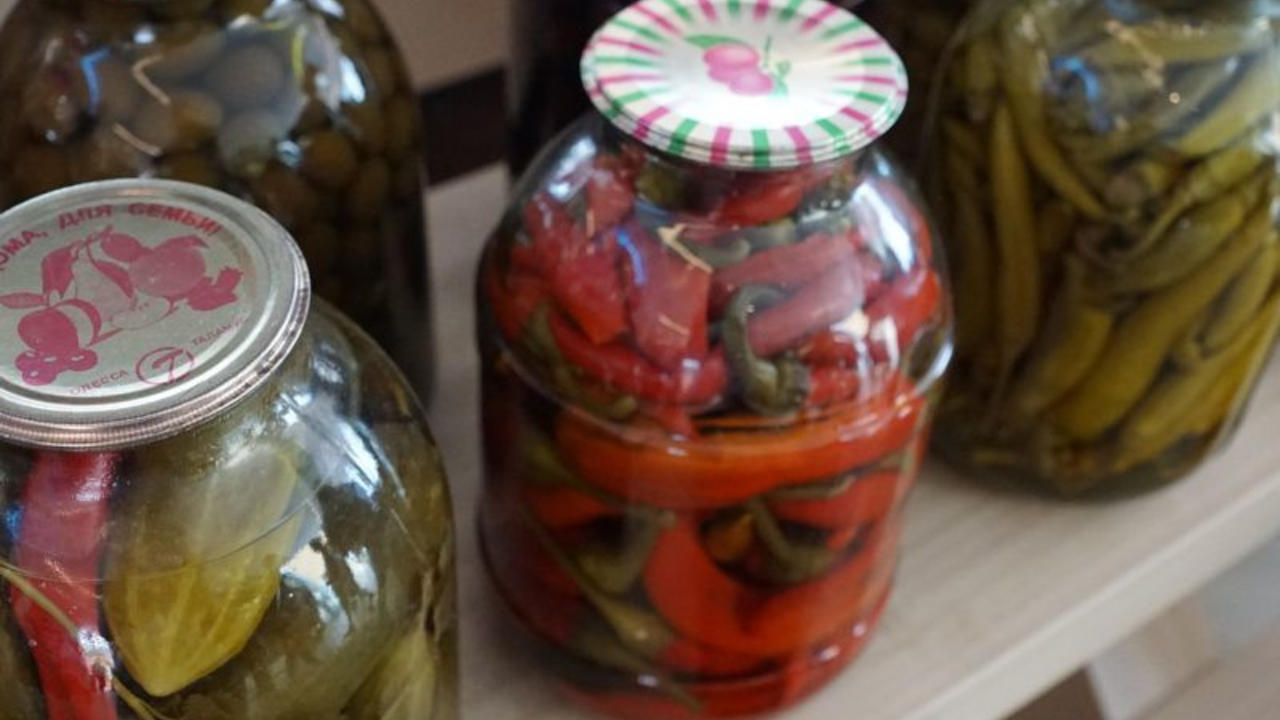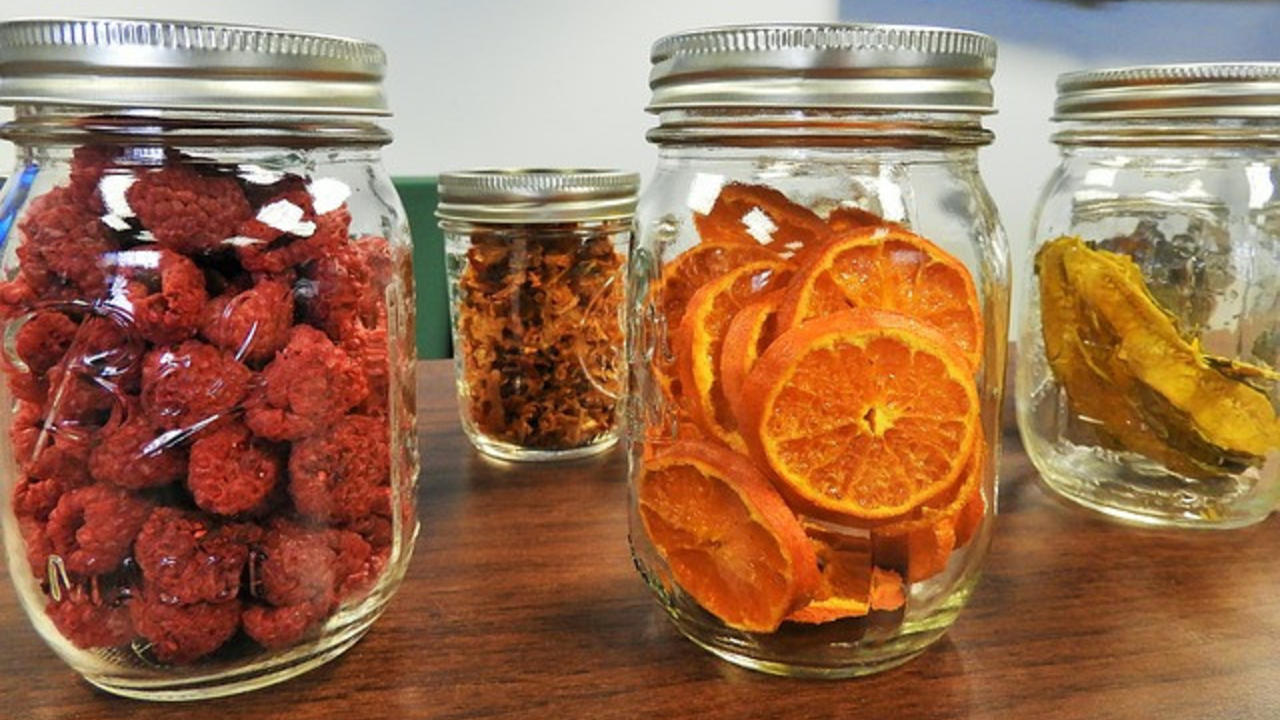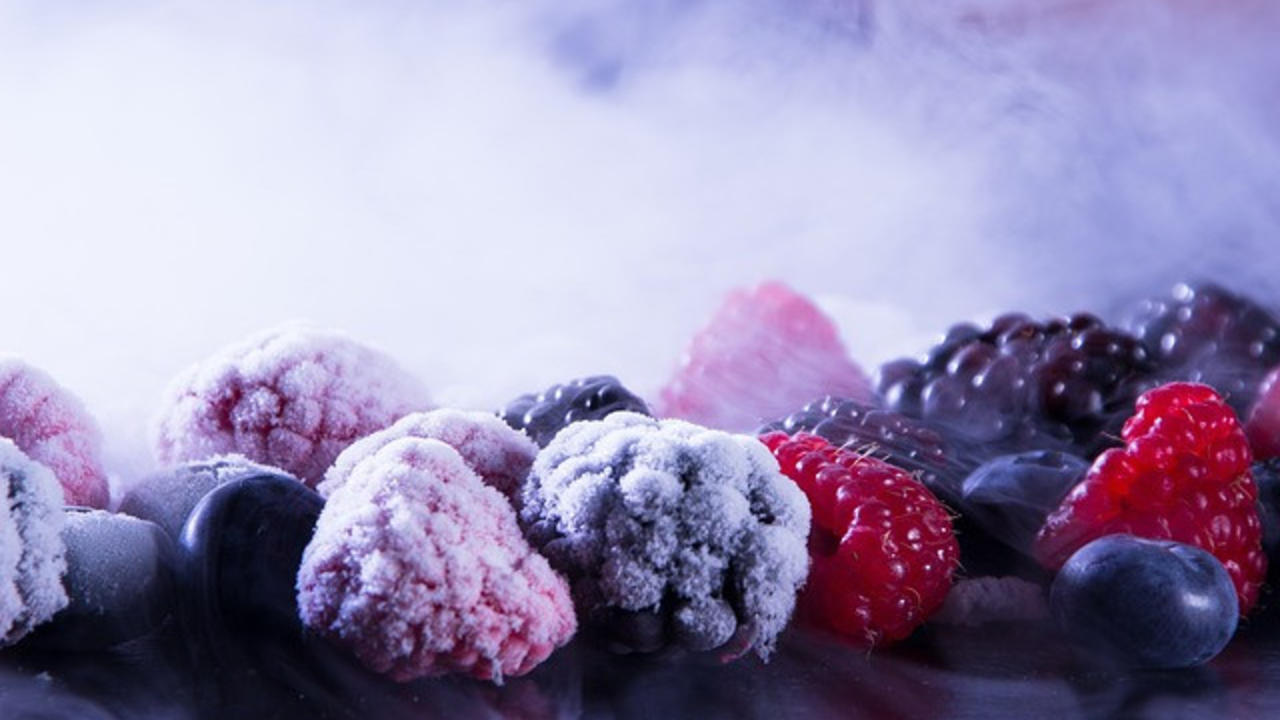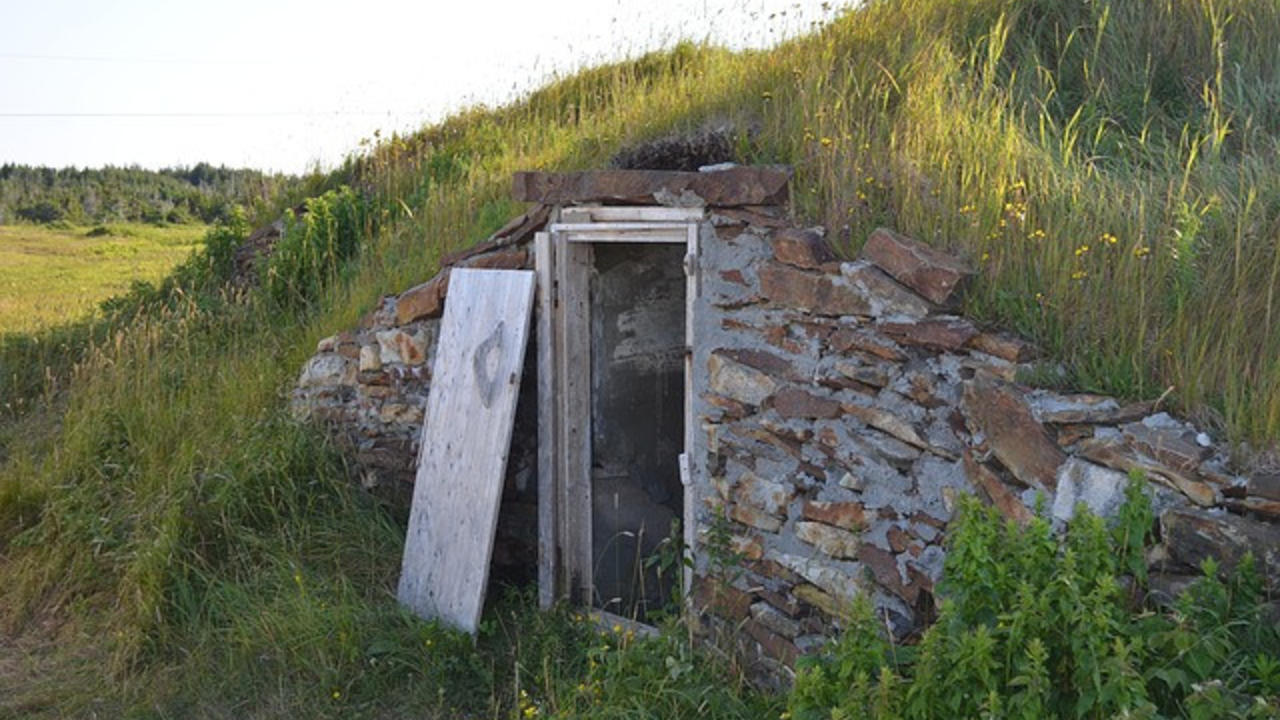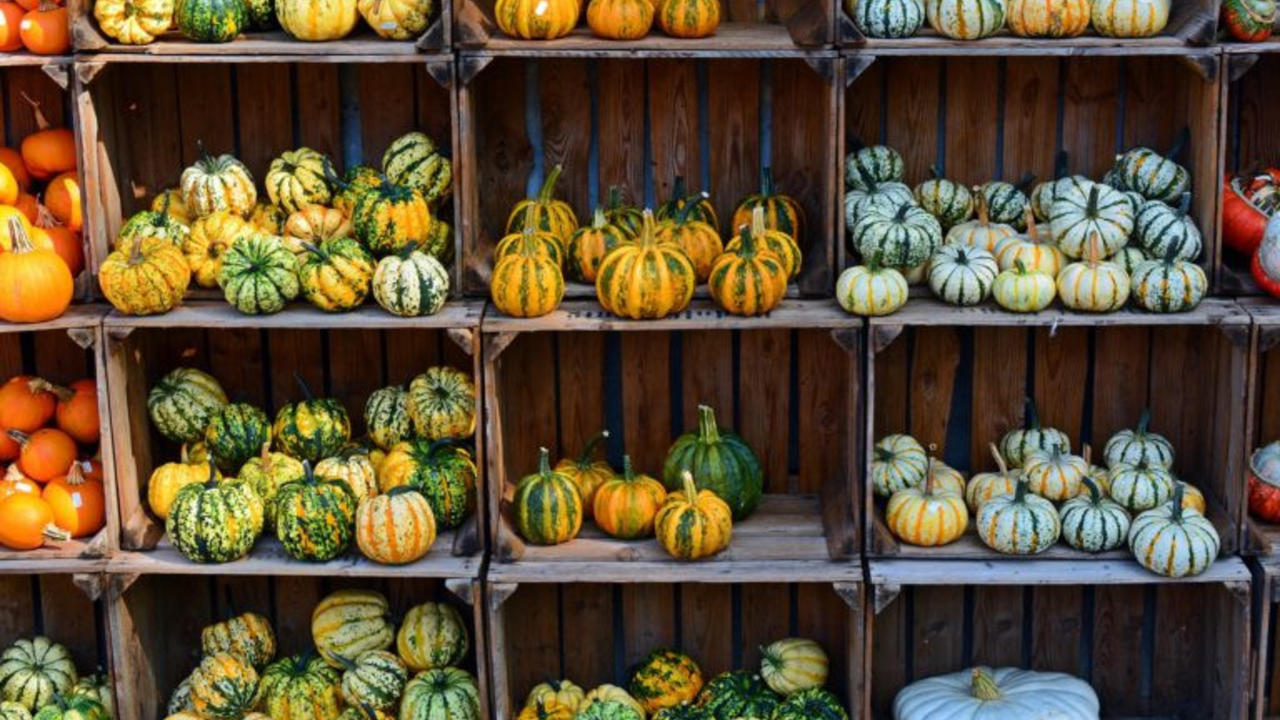Reviewing all the features and designs of the various products on the market could be an endless process. Consequently, I think it is more productive to break this information down into three sections. The first two sections are basic information that will help to narrow down your choices. The last section gets into reviewing the pros and cons of specific types of smokers.
TABLE OF CONTENTS
1) CHECK LIST FOR PURCHASING A SMOKER
2) 6 TYPES OF SMOKERS BASED ON FUEL SOURCE
3) PROS AND CONS OF DIFFERENT MODELS OF SMOKERS
4) FINAL WORDS
5) ADDITIONAL POSTS OF INTEREST
Check list for purchasing a smoker
- Price

This is likely the bottom line for most
...



